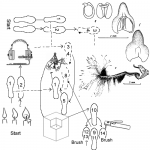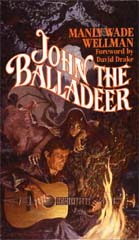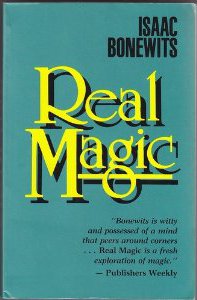 The man who is prepared to die may accomplish anything.
The man who is prepared to die may accomplish anything.
I’ve been looking through sources to see who I might be quoting for the sentiment above and I still haven’t sorted it. The original could be in a language I don’t know, thousands of years old. Or maybe it’s a James Bond villain. But it’s not just a truth in narrative logic. It’s actually true. One who dies in the process or aftermath of achieving any goal, no matter how stupid or heinous or heroic or pointless that goal is, is freed from suffering any consequences except the one that he or she has chosen. Any punishment or shame or notoriety passes, usually harmlessly, to family or associates. Both heroes and villains, which are frequently interchangeable depending on individual sympathies, derive their status as such by not being particularly opposed to a fatal outcome.
On that topic, these creatures have something interesting in common: Read the rest of this entry »






